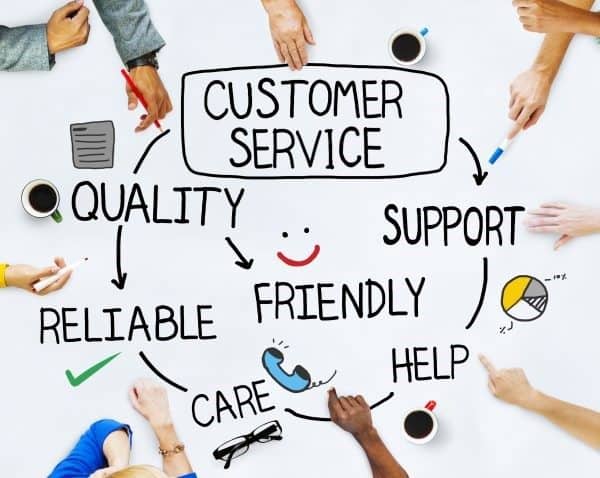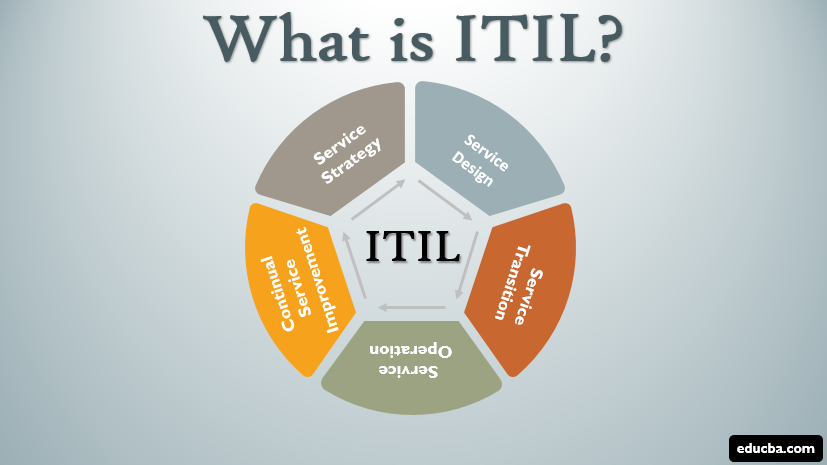
1. Enhanced user experience: Good customer service ensures that end-users feel heard, respected, and valued when they encounter IT issues. This positive experience fosters trust and loyalty, encouraging users to continue using the IT services and recommending them to others.
2. Efficient problem resolution: Effective customer service at the IT service desk helps identify the root cause of issues quickly and accurately. By empathizing with users and understanding their concerns, support teams can provide the right solutions, ultimately reducing the time and resources spent on problem resolution.
3. Reputation and brand image: A strong customer service culture can significantly impact an organization’s reputation and brand image. A responsive and efficient IT service desk that prioritizes customer service can lead to positive word-of-mouth and higher customer satisfaction ratings.
4. Reduced support costs: By prioritizing customer service, IT service desks can decrease the number of escalations, repeat issues, and support tickets. This can lead to reduced overall support costs, as well as freeing up resources to focus on more strategic initiatives.
5. Employee satisfaction and retention: Good customer service at the IT service desk also benefits internal employees. When IT issues are resolved promptly and professionally, employees can focus on their core tasks without unnecessary disruptions, leading to higher job satisfaction and productivity.
6. Continuous improvement: A customer-centric IT service desk gathers valuable feedback from users, which can be used to identify areas for improvement and implement changes to enhance the quality of IT services. This continuous improvement process ultimately results in better overall service delivery and increased user satisfaction.
7. Competitive advantage: In a competitive market, organizations that prioritize customer service can set themselves apart from their competitors. An IT service desk that consistently delivers excellent customer service can be a key differentiator, giving the organization a competitive edge.
8. Proactive support: Excellent customer service at the IT service desk involves proactively identifying potential issues and addressing them before they escalate into more significant problems. This not only improves the user experience but also helps maintain the stability and reliability of IT systems.
9. Building trust and long-term relationships: Good customer service fosters trust between the IT service desk and its users. By consistently providing high-quality support, the service desk can cultivate long-lasting relationships with both internal and external customers, ensuring their needs are met and expectations are exceeded.
10. Customer retention: An IT service desk that prioritizes customer service is more likely to retain its user base. Satisfied users are less likely to look for alternative solutions, which can lead to increased customer retention and long-term business success.
11. Adaptability: A customer-centric IT service desk is more likely to be agile and adaptable to changing user needs and technology trends. By actively listening to customer feedback and staying up-to-date with industry developments, the service desk can continually refine its processes and services to remain relevant and effective.
12. Cross-functional collaboration: Excellent customer service often requires collaboration between different departments within an organization. A customer-focused IT service desk can foster cross-functional teamwork, improving communication and knowledge sharing between teams, which can lead to more effective problem-solving and overall business performance.
In summary, prioritizing customer service at the IT service desk is essential for maintaining user satisfaction, improving problem resolution, enhancing brand reputation, reducing support costs, increasing employee satisfaction, driving continuous improvement, and creating a competitive advantage. By focusing on customer service, an IT service desk can foster trust, build long-term relationships, and ensure the success and growth of the organization.

